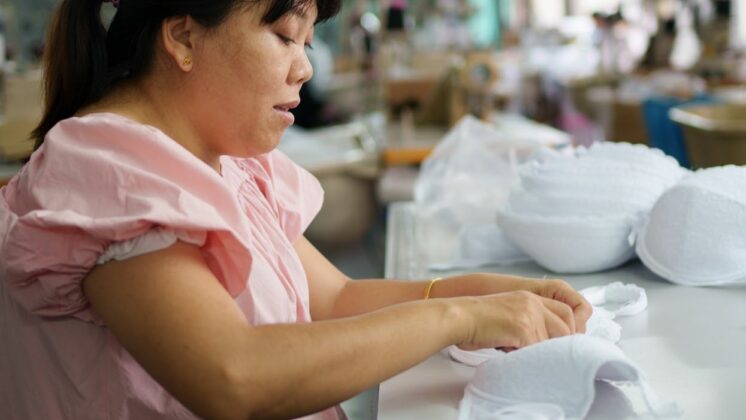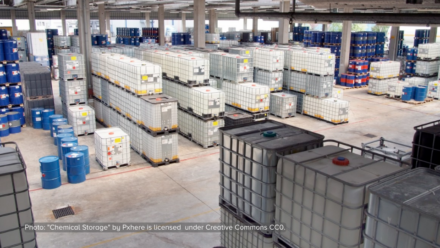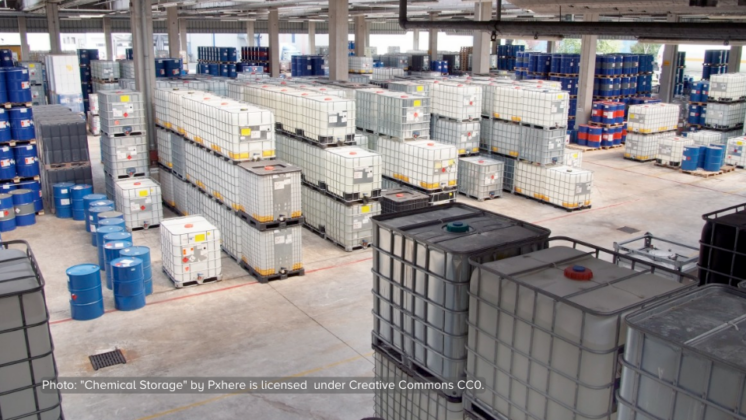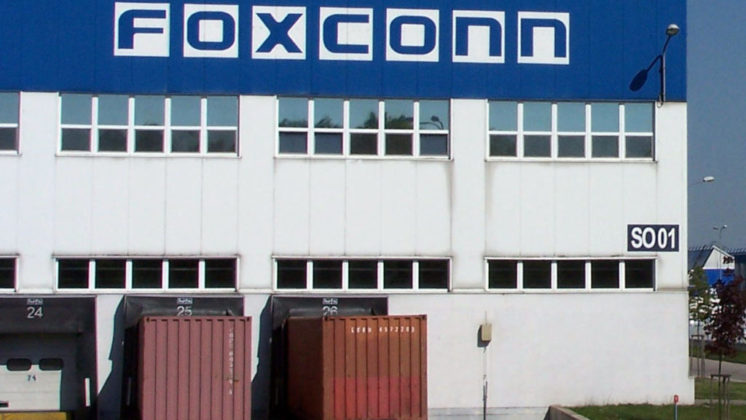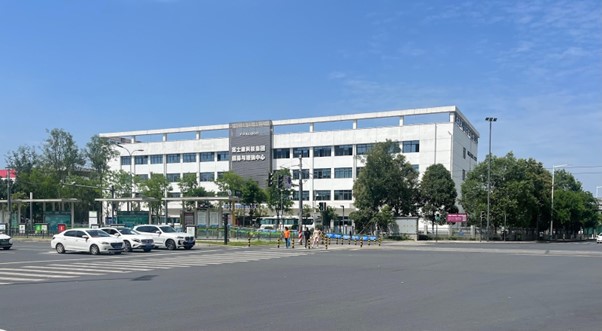New research by SOMO, commissioned by Stop Child Labour, reveals that the number of children working in artisanal gold mining is growing rapidly. In Mali for example, there was an estimated increase from 20,000 to 200,000 children working in artisanal gold mining in the last couple of years.
Gold from children’s hands
Worldwide, more than one million children work in artisanal gold mining. The electronics industry is the third largest user of gold for the production of mobile phones, computers and other consumer electronics. However, the sector is not taking any steps to eradicate child labour from gold mining, while the probability is high that this gold ends up in their products. This, despite the fact that the sector has proven to be capable to set up and lead initiatives that concern the far end of their production chain, as is the case with conflict minerals.
The researchers studied the magnitude and seriousness of child labour in artisanal gold mining. They also sought to establish the relation between gold mining, including supply chain linkages, with the electronics sector. To this end, a field study in Mali examined the conditions of child workers at the artisanal gold mining sites.
Consequences of child labour in Mali
Twenty percent of all miners in Mali are children. These children are sent to mining sites by their families for economic reasons. In Mali, girls generally start from the age of 8, while boys start later, at around 12 years of age. They work long hours alongside their adult colleagues doing heavy and dangerous work, like transporting ore on their heads or backs, or washing the ore. This leads to a variety of health problems, like respiratory and pulmonary disease, skeletal injuries and various eye and skin conditions. But it also affects their development and thwarts their future as they drop out of school.
The gold supply chain
The report shows that, in several cases, gold from artisanal mines in Africa where child labour is documented has ended up at leading gold refineries located in Switzerland. The local supply chain of artisanal gold in Ghana, Burkina Faso and Mali starts with an on-site buyer who sells to a local trader, who in turn, sells to a local exporter. From here, it is exported to the gold refiners in Switzerland, either directly or through international gold traders. But the gold can also reach Swiss refiners by another route, through the process of mixing illicit gold (from artisanal mining) into the formal trade channels. This often requires smuggling, falsification of documents (classifying the gold as scrap), and over-reporting of legal production. The Swiss refiners like Valcambi and Metalor, but also others, operate as the interface between end-users and gold suppliers.
The role of electronics companies
The amount of gold used by the electronics sector annually is about 279 tonnes, with a value of ten billion euro. This makes the sector, after the jewellery industry and the financial sector, the biggest purchaser of gold in the world and a powerful player. While consumer electronics manufacturers indicated that they do not accept child labour, they are not taking effective measures to eliminate child labour from the gold mining industry, or to ensure that they do not use gold that is extracted with child labour.
For the full report by SOMO, click here.



